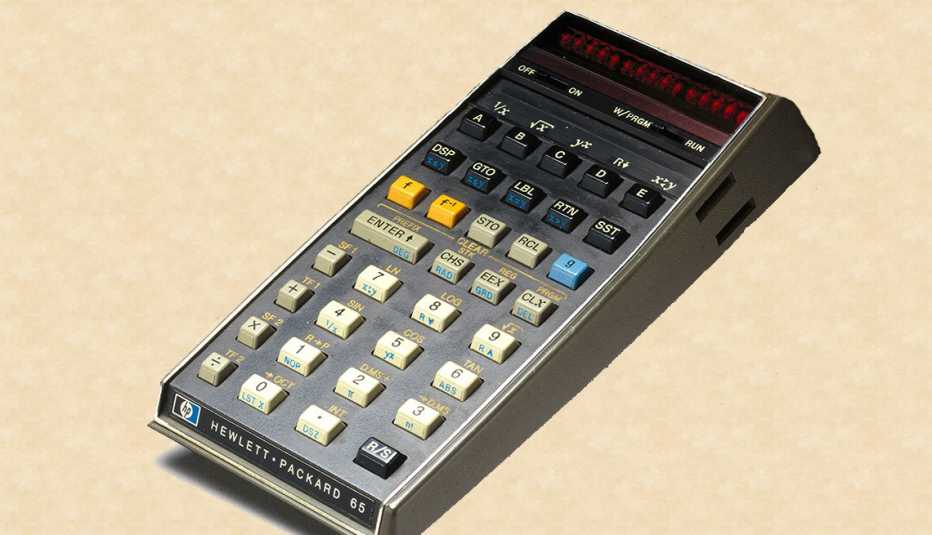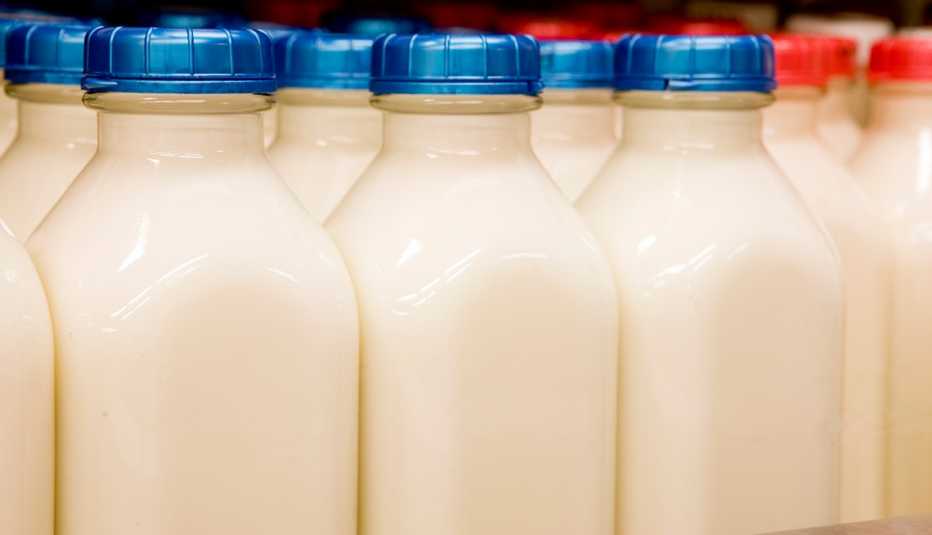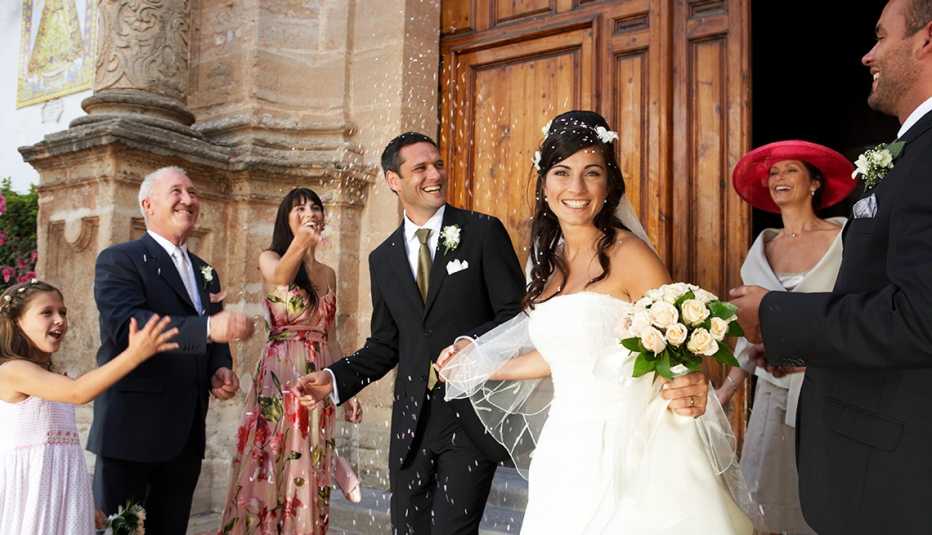AARP Hearing Center
Remember 1972? Richard Nixon was president, the Oakland Athletics were on the way to winning the first of three consecutive World Series and All in the Family was the number 1 television show.
Still, what you might remember most from 50 years ago is inflation, although the consumer price index, the government’s main measure of inflation, rose just 3.27 percent in 1972, the lowest annual rate of the decade. But the 1973–74 oil embargo would send inflation soaring 11 percent by 1974 and another round of inflation pushed prices up 13.5 percent in 1980. Inflation has averaged 4 percent the past 50 years, meaning that, on average, things that cost a dollar 50 years ago would cost $7.03 today.


Not everything was cheaper in 1972. On January 4, 1972, Hewlett-Packard introduced the first handheld scientific calculator, which cost $395 — about $2,775 in today’s dollars. You could buy a pretty maxed-out laptop for that these days. Cell phones? Fugeddaboutit. You had to rent your landline from AT&T, and long-distance calls cost extra.
But most things were cheaper in 1972, even adjusted for inflation. Here’s a look at what a basket of goods would have cost you back when astronauts were still walking on the moon. (The last moon walk was part of the Apollo 17 mission in December 1972.)
Gasoline
A gallon of regular gasoline would have cost 36 cents in 1972, the equivalent of $2.53 a gallon today. The Organization of Petroleum Exporting Countries (OPEC) put an embargo on foreign oil imports between 1973 and 1974, which tripled the price of gasoline, to $1.19, by 1980.


Groceries
If you were shopping in the Chicago area in July 1972, you probably would have been pleased with prices overall — and with the price of seasonal produce in particular. A 5-pound cantaloupe cost the inflation-adjusted equivalent of $3.86. But even then, a rib-eye steak would have taken a bite out of your budget: At $2.49 a pound, it would have cost the equivalent of $17.50 a pound today.
These prices are from Chicago-area newspapers on July 5, 1972. When items were advertised on sale, we used the higher, everyday price.
- Rib-eye steak: $2.49 a pound (in today’s dollars, $17.50)
- Vanilla ice cream: $1.29 a gallon ($9.06)
- Milk: 89 cents a gallon ($6.25)
- Bacon: 79 cents a pound ($5.55)
- Coffee: 66 cents a pound ($4.57)
- Chuck roast: 65 cents a pound ($4.50)
- Cantaloupes: 11 cents a pound ($0.71)
- Sweet corn: 5 cents an ear ($0.35)



































































